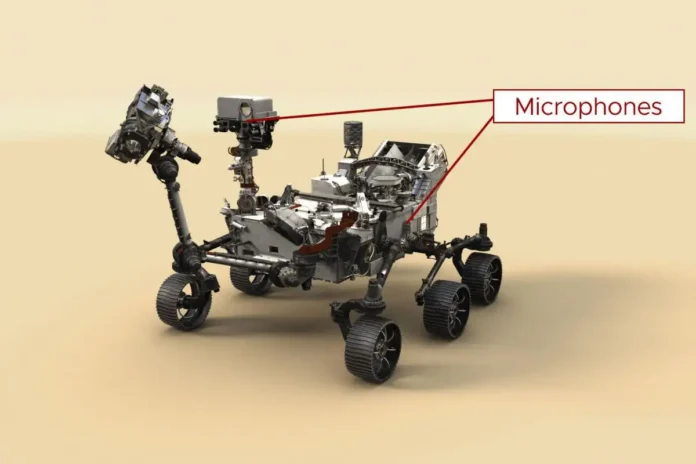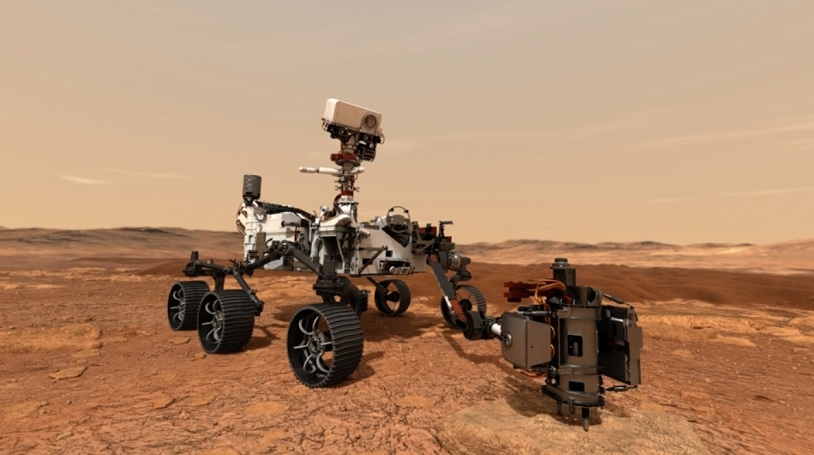
Scientists are ready to place microphones. The excellent data that NASA’s Perseverance Mars Rover has provided to space scientists has made them quite delighted. He thinks that by placing additional microphones in space, many secrets would be revealed. A group of scientists is urging international space organizations to do this.

Washington: NASA, the American space agency, is getting ready to put microphones in orbit. Its objective is to hear even the tiniest sound made in space. Actually, scientists believe that life may exist in space at places other than Earth. In this case, certain noises that would not reach the ground can be heard from a microphone in space. Engineers and scientists have benefited greatly from the usage of the small microphone aboard NASA’s Perseverance Mars rover, according to NASA. Wind gusts may be detected by sensors, and they can even pick up the staccato pumping noises made by the laser pulses produced by the rover’s equipment.
These mics have also captured recordings of the Ingenuity Mars helicopter’s whirling blades. Now is the time to turn up the volume for even greater planetary exploration, based on the significant scientific discoveries these instruments onboard Perseverance have made while roving inside Mars’ Jezero Crater. Professor of Ultrasonics and Underwater Acoustics at the University of Southampton in England and the United Kingdom is Timothy Leighton. He is in favor of global initiatives to include sound-recording devices in spacecraft bound for Mars and many other planets.
2. Voice may be used to expose a lot of things. Scientists are ready to place microphones
Leighton told Space.com that the mics’ use goes beyond merely picking up noises; by analyzing them, scientists may learn more about the Martian wind, temperature, chemistry, and turbulence. He said that listening to noises might provide a lot of information. Leighton donated a simulation system to a nearby planetarium in order to simulate the sounds of space during live events and encourage young people to pursue careers in science and engineering. Using this program, audio simulations that mimic the sounds made by natural occurrences are run. (Scientists are preparing to place microphones)
3. The Mars Perseverance Rover has two microphones
The Mars Perseverance rover from NASA will be the first mission to the Red Planet to be capable of returning sounds collected from the surface within listening range after its arrival in February 2021. Two microphones are installed on the wheeled robot: a SuperCam microphone that is situated on top of the spinning rover’s mast and an entry, descent, and landing microphone that is attached to the rover’s body. The SuperCam microphone captured sounds from wind, turbulence, and numerous pieces of equipment. Additionally, it allowed for on-the-spot research of the behavior of sound waves in Mars’ thin, heavily carbon dioxide-dominated atmosphere.
- Read More About Scientists are ready to place microphones
